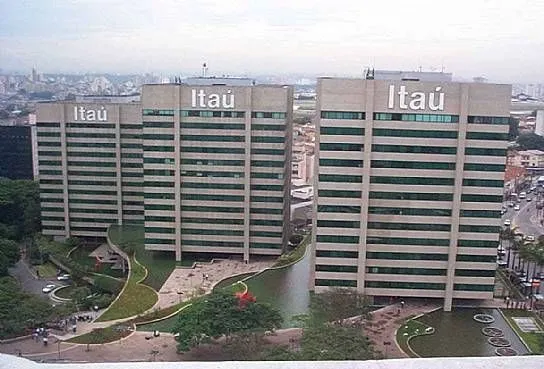In 2023, Brazil’s top banks, including Itaú Unibanco, Caixa Econômica Federal, and Banco do Brasil, saw their profits rise by 1.9% to $21.21 (R$107.5) billion.
This growth helped balance out the lower earnings from Bradesco and Santander Brasil, which faced challenges due to high default rates on older loans.
Itaú led the profit surge, finding a good mix between lending and treasury gains.
Banco do Brasil also enjoyed success, partly thanks to its Argentine branch, Patagonia. Caixa stood out with a significant jump in both lending margins and service income.
Caixa’s loan portfolio expanded by 10.6%, hitting a new high of $544.3 billion in credit issued in 2023.

This growth boosted its margins by 19.5% and service income by 8.3%. The bank’s mortgage lending, making up nearly 70% of its operations, grew by 14.6%.
Despite the high-interest environment, Caixa kept up its lending, drawing customers from other banks.
Banco do Brasil’s focus on agriculture led to a 10.3% increase in it operations, with plans to grow by up to 12% in 2024.
Banco do Brasil is optimistic, projecting up to a 12% rise in net profits.
Hopeful outlook for portfolio growth
On the private banking side, there’s a hopeful outlook for portfolio growth. Bradesco expects a 7% to 11% increase this year, recovering from a slight decrease in 2022.
The bank is aiming for more market share, targeting 15% to 19% by 2028, with a focus on retail banking.
Itaú is looking to grow its credit by up to 9.5% in 2024, selecting specific portfolios for expansion.
While not making specific predictions, Santander is focusing on selective growth and keeping credit costs low.
This collective progress shows Brazil’s banking sector’s resilience and strategic planning, illustrating its crucial role in the country’s economy and the wider financial landscape.

